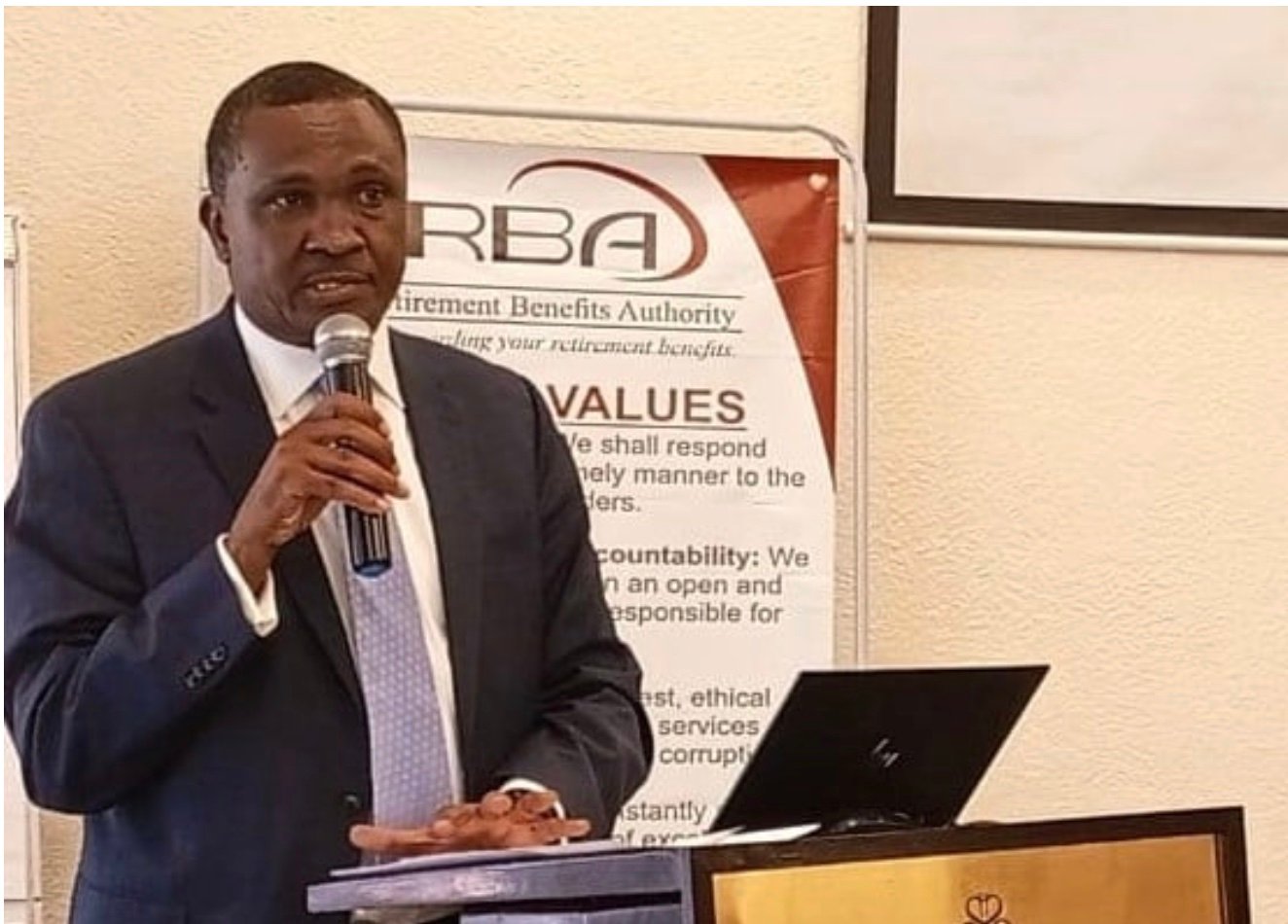Kenya’s pension industry continued its upward trajectory in the first half of 2025, with total assets under management rising to KSh 2,531 billion (KSh 2.53 trillion), according to the Retirement Benefits Authority (RBA) Industry Brief for the half-year ending 30 June 2025.
The RBA report paints a picture of a growing and resilient sector supported by higher contributions, positive investment returns, and an expanding membership base.
The Authority notes that total pension assets grew from KSh2.26 trillion in December 2024 to KSh 2.53 trillion in June 2025; an increase of KSh 276 billion over the six-month period.
The growth was driven by improved investment performance and increased contributions following the adjustment of contribution limits under the National Social Security Fund (NSSF) Act, 2013.
RBA also links the sector’s strong showing to stable macroeconomic conditions marked by moderate inflation, steady interest rates, and a resilient exchange rate.
Read More
According to the report, 92% of pension assets were held in four key asset classes: government securities, guaranteed funds, quoted equities, and immovable property, reflecting the industry’s consistent investment pattern.
Growth in Contributions and Fund Performance
Total contributions to pension schemes rose to KSh 118.8 billion in the quarter ending June 2025, compared to KSh 116.1 billion in December 2024. Post-Retirement Medical Fund (PRMF) contributions also recorded growth, reaching KSh 164.5 million by the end of the period, underscoring rising awareness of health-related retirement products.
NSSF reported a notable increase in its asset base, growing from KSh 476 billion in December 2024 to KSh 558 billion by June 2025; a 17.2 percent rise within six months. Of this, KSh 517.96 billion was externally managed, while KSh 40.11 billion remained internally managed.

This growth was supported by higher contribution limits, which now stand at KSh 8,000 for the lower tier and KSh 72,000 for the upper tier, in the third year of implementing the NSSF Act, 2013.
Government securities remained the dominant investment choice, accounting for 52.53 percent of total pension assets. They were followed by guaranteed funds at 19.48 percent, quoted equities at 10.07 percent, and immovable property at 9.31 percent, while the remaining 8.49 percent was distributed across offshore investments, private equity, and REITs.
The pension-to-GDP ratio stood at 15.2 percent, underlining the sector’s growing role in national savings and capital formation. The liquidity ratio was reported at 90.68 percent, demonstrating the schemes’ strong capacity to meet short-term obligations.
Expanding Coverage and a Stable Economy
The number of active pension members grew from 4.11 million in December 2024 to 4.38 million by June 2025. Pension coverage among Kenya’s working-age population rose to 26.5 percent, supported by RBA’s public awareness campaigns, digital registration systems, and the inclusion of informal sector workers through voluntary and micro-pension schemes.
The report attributes the industry’s overall stability to a favourable macroeconomic environment during the review period. Inflation averaged 3.7 percent, while the exchange rate stood at KSh 129.34 per US dollar. The Central Bank Rate (CBR) eased from 11.25 percent to 9.75 percent, and the 91-day Treasury bill rate averaged 8.21 percent.
These factors provided a supportive backdrop for strong investment returns and continued asset growth.
At the institutional level, GenAfrica Asset Managers, Co-op Trust Investment Services, Sanlam Investments, Old Mutual Investment Group, and African Alliance Kenya Investment Bank emerged as the top fund managers by market share. Among approved issuers, The Jubilee Insurance Company led the pack, followed by Britam Life Assurance, ICEA Lion Assurance, APA Life Assurance, and CIC Life Assurance, collectively managing a large share of industry assets.
The RBA further confirmed that all registered schemes complied with statutory investment limits and maintained sound governance practices.











